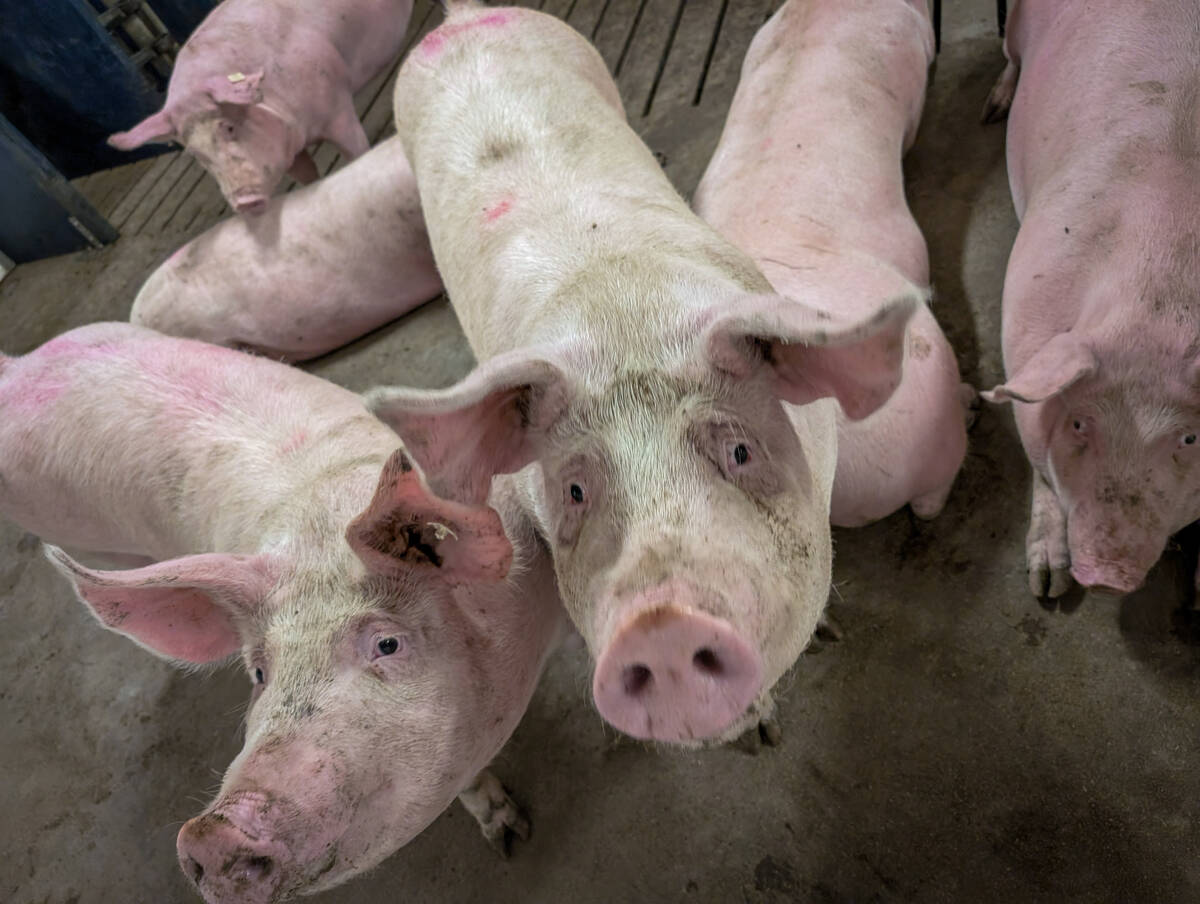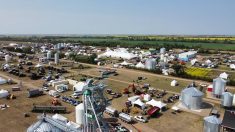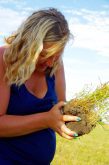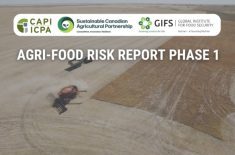Manitoba Pork has a new guiding document outlining its sustainability goals for the years to come.
The organization’s recently released sustainability framework, titled Building a Sustainable Future, puts forward five sustainability pillars — economy and innovation, environment, people and culture, animal care and food safety and sector engagement. Manitoba Pork has made a number of commitments under those categories.
WHY IT MATTERS: The pork sector has been pushing hard over a number of years to build a more environment-positive reputation among Manitobans.
Read Also
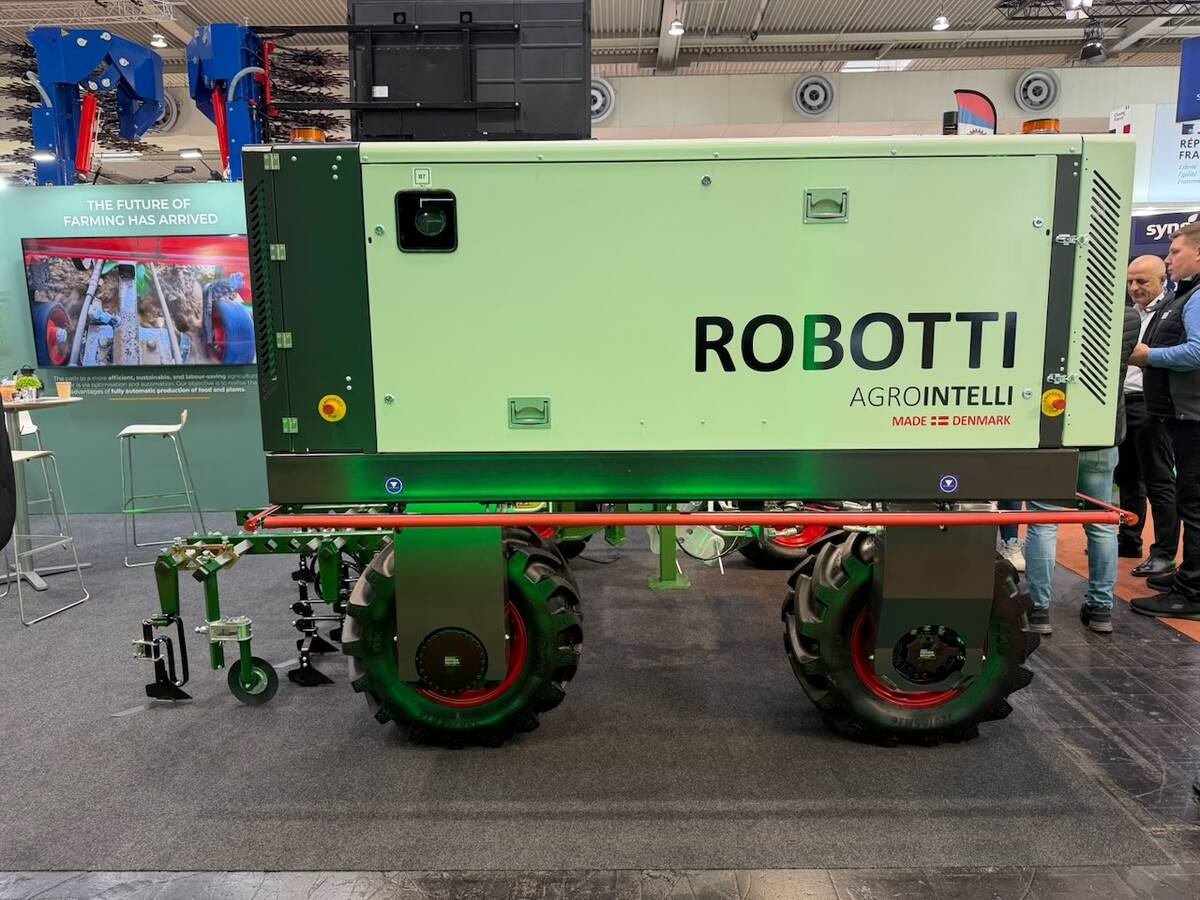
The long march to autonomy
The big players in the machinery market keep adding pieces towards autonomous vehicles for farming, but how far away is a final product?
The plan is currently posted on the Manitoba Pork website.
The framework will dovetail with the Canadian Pork Council’s national efforts, the site notes. The site also points to Manitoba Pork-funded research into pork production greenhouse gas benchmarking, land use and water use.
“Each of Manitoba Pork’s five sustainability pillars is supported by clear goals and commitments that guide our efforts and communicate progress to producers, stakeholders and the public,” reads the framework document.
“The framework outlines Manitoba Pork’s role, potential targets, impacts on producers and areas where collaboration with partners is essential for driving meaningful change.”
The document boosts the council’s transparency efforts, says Grant Melnychuk, the group’s director of sustainable development, research and data management.
“What’s new is this transparently identifies all these efforts and initiatives and puts them in one place where producers or stakeholders or the public can can view them,” he says.

It also directs the group to regularly update producers, stakeholders and the public on activities it’s engaging in.
”It fits nicely under our organization’s strategic plan to ensure that all our efforts don’t go off on a tangent somewhere. What we’re doing is working towards the overall goals of our organization,” Melnychuck says.
It is designed as an evergreen document, but the Manitoba Pork director notes that there is flexibility baked in.
“We can add new (activities or targets) or we can refine the existing ones as necessary going forward,” he says.
“If, for example, new information or new technology becomes available or a new commitment becomes prioritized, we can certainly add or refine as needed so no new approvals are needed. What’s there right now is not etched in stone.”
Previous environmental work
No particular event or topic triggered the development of the framework, Melnychuk says. Rather, he calls it an “evolution” of ongoing and existing sustainability initiatives, including a previous document that followed the same basic principle.
“Back in 2011 we released a document called Embracing a Sustainable Future. It outlined a number of goals and priorities for the sector and for Manitoba Pork and where it saw itself going in the future with respect to sustainability as an organization,” he says.
However, around 2020-21 it was becoming clear the document needed a refresh.
“And that’s what we’ve been doing — probably for the past three or four years — is articulating where we are now with sustainability leaders, where we see ourselves going.”
Provincial-national alignment
The Canadian Pork Council is also undergoing a multi-year, multi-phase sustainability project. The Manitoba group wants their document to be in concert with that.
“Some of the current baseline data that’s being developed for the Canadian Pork Council on the sector’s environmental footprint will help Manitoba Pork identify some of our future initiatives or opportunities for collaboration where we might be able to move the needle within Manitoba,” Melnychuk says.
Getting on the same page as complementary and like-minded organizations is a prevailing theme in the framework.
Several examples can be found under the economy and innovation pillar.
The second commitment under that category calls for Manitoba Pork to “be a leader in research and development for growth in the value of pork production to Manitoba’s economy.”
This means several recommendations for collaborative alignment, such as “amplifying” partnerships with research institutions to communicate activities and results, participating in the establishment of national research priorities and seeking opportunities with other jurisdictions “to find synergies and share results.”
The council will “continue building on successful collaborations and partnerships within various units of Manitoba Agriculture with the common goal of building and strengthening Manitoba’s hog sector,” reads the framework.
It also implores Manitoba Pork to partner with external collaborators “that can provide on-farm value to pork producers such as Protein MB, lean management experts, trainers of emerging technologies and others.”
The old environmental snag
Where the extra nutrient comes from in waterways and water bodies (Lake Winnipeg especially) is a well-worn argument in Manitoba. Agriculture has often been a target in that debate, with the pork sector in particular absorbing accusations around nutrient run-off from manure. Farmers, meanwhile, often point to raw sewage coming out of the city of Winnipeg after heavy rain events.
In a June 2024 Co-operator story, Alexis Kanu, executive director of the Lake Winnipeg Foundation, points out a spacial correlation between highly-concentrated animal agriculture on Lake Winnipeg’s southeast side and the area’s phosphorus hot spots.
She says the organization was not pointing a definite blaming finger on agriculture, but did say, in general terms, that it was important to prevent livestock manure from contributing to phosphorus loading in the lake.
Manitoba Pork, meanwhile, says the manure from their industry provides key nutrient for Manitoba crops, and points to the adoption of better nutrient management, such as application based on soil testing and injecting fertilizer to keep it in the ground, rather than running off down a river. In a May 2024 opinion piece submitted to the Co-operator, the pork council’s general manager, Cam Dahl, estimates that more 90 per cent of applied hog manure in the province was now injected or incorporated right after being applied.
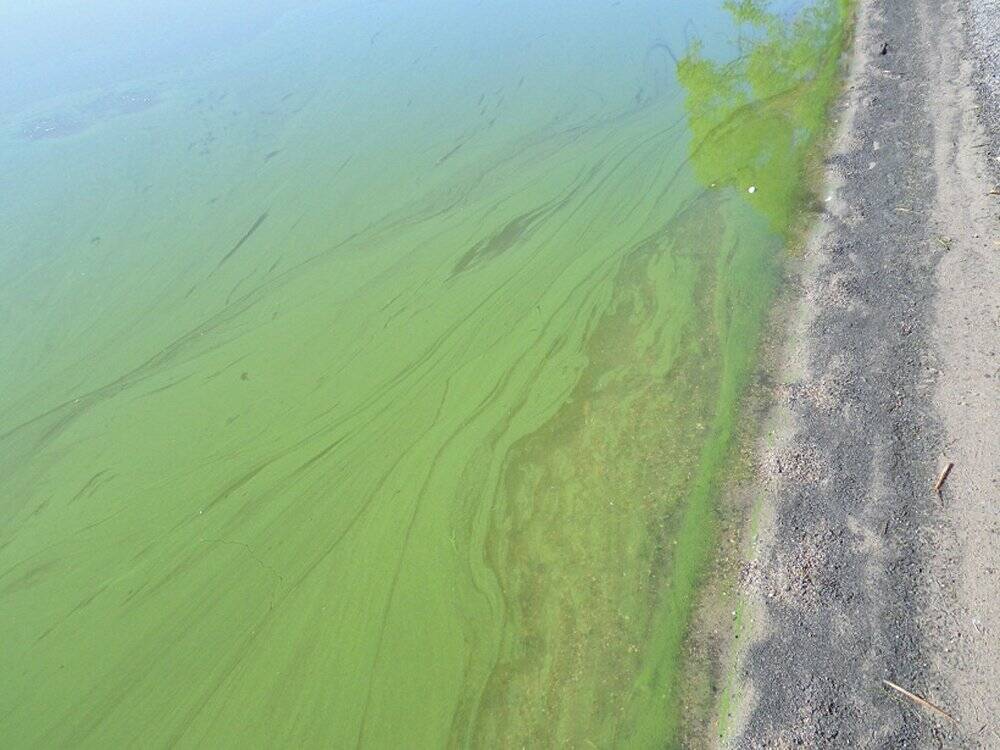
The second commitment under the new framework’s environment pillar calls for Manitoba Pork to “continue to protect the quality and availability of local water sources.”
Melnychuk denies the commitment was linked to defending against nutrient-related criticisms. Rather, he says it’s meant to be read as a statement of Manitoba Pork’s ongoing dedication to partnering with groups such as the Lake Winnipeg Research Consortium, the Manitoba Association of Watersheds and the Red River Basin Commission.
Although the framework is not intended as a public relations tool, it could be in the right hands, says Melnychuk.
“If a member of the public, for example, was unsure whether the hog sector was sustainable or not, and (wondered) what the sector is doing regarding Lake Winnipeg, they can look at the framework and say, ‘Oh, okay — so Manitoba Pork has been partnering with scientific research groups and all producers are practicing sustainable manure management.’
“It’ll hopefully be used to educate folks that might be looking for information in that regard.”


